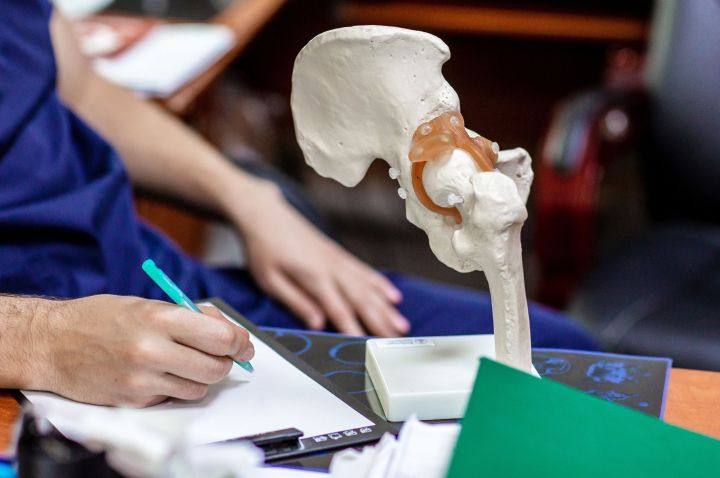How does bone shape influence long-term hip health?
New research from Dr Joshua Heerey is helping guide better treatment and prevention approaches for hip osteoarthritis.
“About one in four people will develop hip osteoarthritis in their lifetime, a condition that can cause ongoing pain, disability and a reduced quality of life,” Dr Heerey says. “And one of the biggest risk factors is the shape of the hip joint.”
Historically, doctors mostly looked for structural problems, such as hip dysplasia, when treating hip osteoarthritis. But more recently, they’ve been paying closer attention to a bone shape called cam morphology, where a small amount of extra bone forms on the front of the femoral head–neck area.
“Research shows this extra bone may play a key role in femoroacetabular impingement (FAI) syndrome, a common cause of hip pain, and may contribute to hip osteoarthritis,” Dr Heerey explains.
Dr Heerey’s paper, published in Nature Reviews Rheumatology, brings together the latest understanding of cam morphology and FAI syndrome, and what they mean for hip health. The review also summarises treatment options and suggestions for preventing cam morphology.
“For example, physiotherapy-led treatments should consist of core and hip muscle strengthening, enhancement of lumbo-pelvic mobility, avoidance of high-joint-load positions and activity modification.”
“One promising suggestion to prevent of cam morphology involves easing back on training during growth spurts, especially for young athletes playing high-impact sports. However, more research is needed in this area.”
“By bringing together the highest-quality research in a clear and practical way, we aim to support more informed, consistent decision-making for people with hip pain,” he says.



